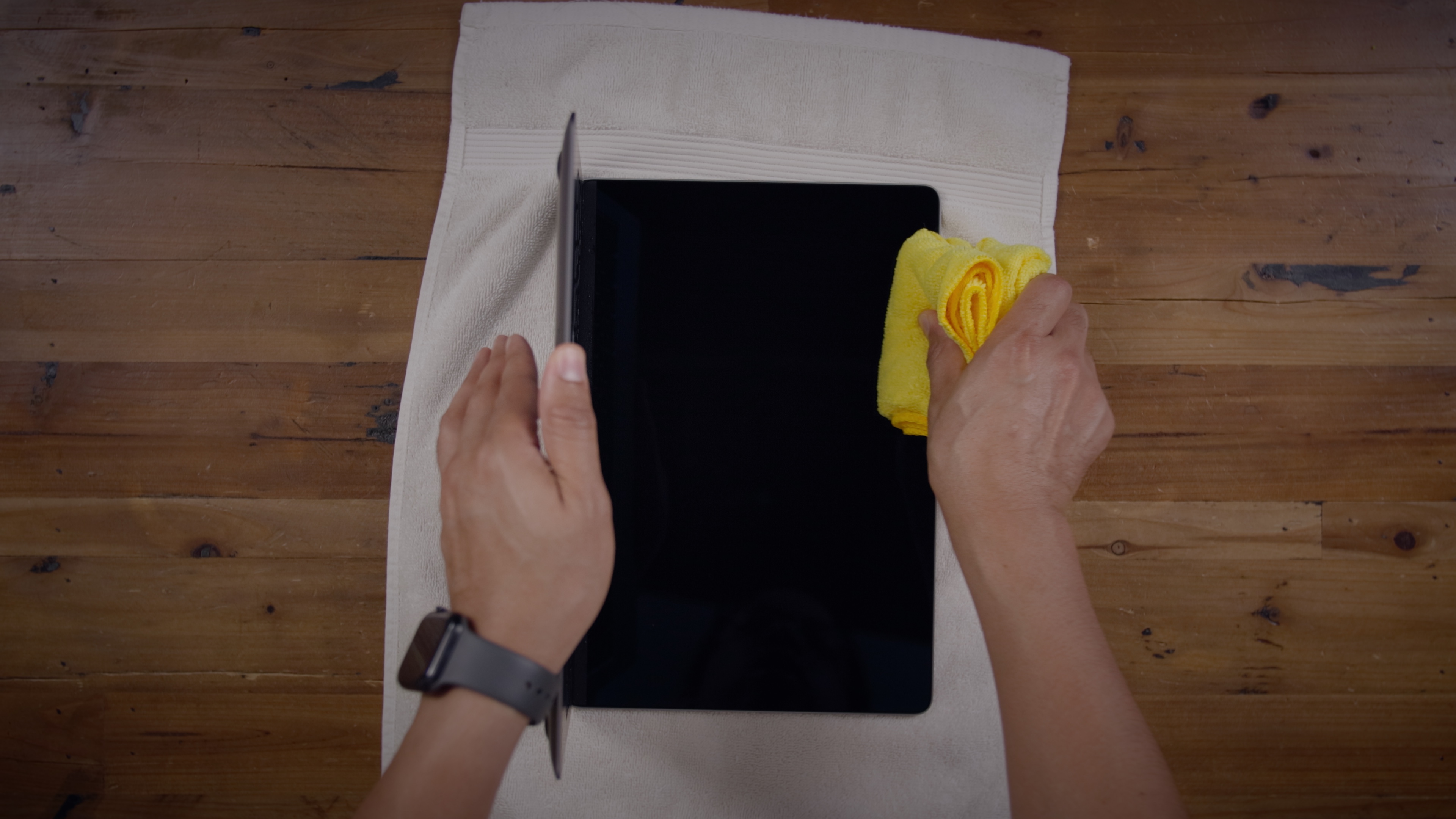
Resetting a MacBook Pro to factory settings is a straightforward process. It completely erases your hard disk, getting rid of any harmful and unoptimized software. If you have any viruses (unlikely, but possible), a factory reset will 99% of the time solve your problem. It also allows you to perform a clean update, so you won’t encounter any software-related problems until the next time you need to reset. A factory reset reinstalls the OS, ensuring that the file system is fully optimized to run programs correctly. With older machines, you might find that some apps aren’t running properly, and some don’t even run at all. There could be too much clutter in the filesystem causing conflicts, or you might even have installed unwanted apps and forgot about it. You might be experiencing slowdowns or freezing whenever you use your Mac – this isn’t normal, and you don’t have to tolerate it. Why You May Need to Reset MacBook to Factory SettingsĪpple made it easy to factory reset MacBooks for a reason – normal usage will eventually force you to perform a factory reset. Is There Any Difference in the Process for MacBook Air.What to Do if You Lost Data After Factory Resetting.Backup Your Mac With Time Machine or Other Backup Solutions. Why You May Need to Reset MacBook to Factory Settings.If your old Mac is still acting up and you've decided you want to upgrade, check out our roundup of the best MacBooks available now or we can help you decide between MacBook Air vs. If you want to get back to the desktop, follow the prompts as if you were setting up your MacBook for the first time. Now you know how to factory reset a MacBook or any Mac computer!įrom here, if you’re looking to sell your computer, you’re all done - no need to worry about the new owner getting into your files or apps. Here, you can unpair keyboards, headphones or other Bluetooth-enabled peripherals. Go to the Apple menu > System Preferences and choose Bluetooth. Open the Messages app, choose Messages then Preferences. Choose iCloud from the side panel and Turn off Find my Mac. Hit the Apple menu, go to System Preferences then click the Apple ID. If you're running the latest macOS, you can skip this step. Choose Account > Authorizations > Deauthorize This Computer. If you don't back up your data, it will disappear into the ether when you perform a factory reset. Creating a backup will protect your most valuable files.

We can't overstate the importance of this step. Here are some things to consider doing before you reset your MacBook Air or MacBook Pro.

These pointers will ensure that you don't lose any personal files, photos or apps when you move from one MacBook to another. The guide above is focused on resetting your MacBook, but there are recommended actions to take before factory resetting your MacBook that you should be aware of.


 0 kommentar(er)
0 kommentar(er)
